.jpg&w=1080&q=75)
Tropical Dermatology and Neglected Tropical Dermatoses
7h00
4 modules
30 lectures
Accreditation
Tropical Dermatology and Neglected Tropical Dermatoses

Chair:Prof. Fahafahantsoa Rapelanoro Rabenja,
.jpg&w=1080&q=75)
Tropical Dermatology and Neglected Tropical Dermatoses
7h00
4 modules
30 lectures
Accreditation
PEDIATRIC DERMATOLOGY
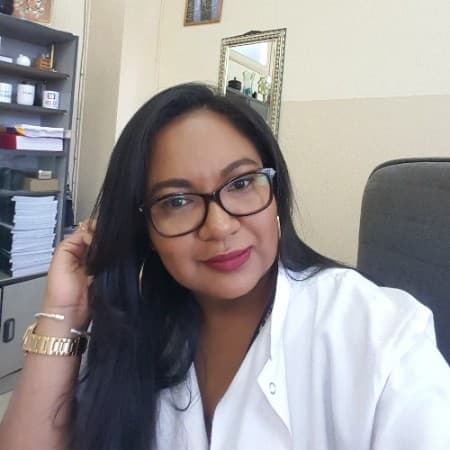
Epidemiological and Clinical Profiles of Pediatric Dermatoses at Befelatanana University Hospital
RAMAROZATOVO Lala Soavina MD
Life-Threatening Emergencies in Pediatric Dermatology
Sendrasoa Fandresena MD
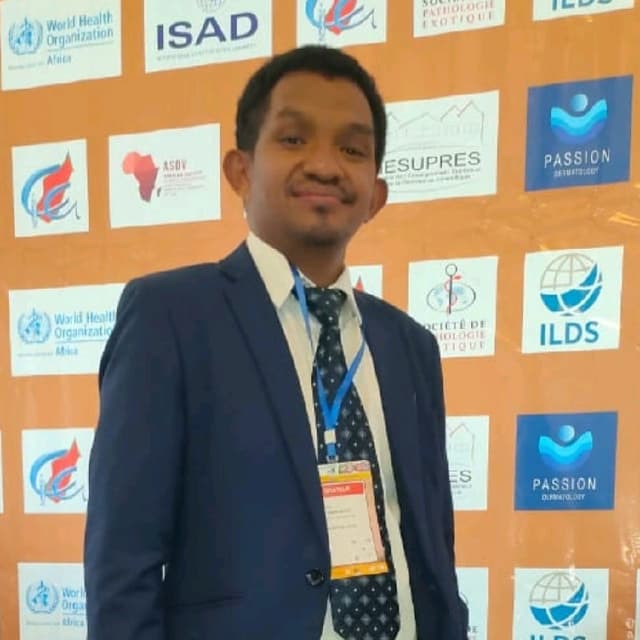
Pediatric vitiligo observed at Mahavoky Atsimo Mahajanga University Hospital
Naina Harinjara Razanakoto MD
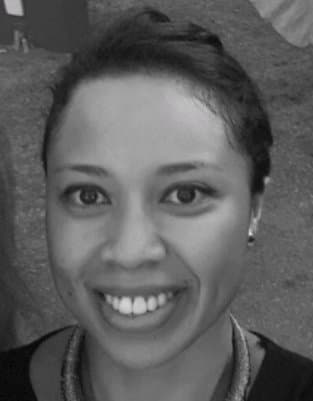
Not very attractive, these moles
Onivola Raharolahy MD
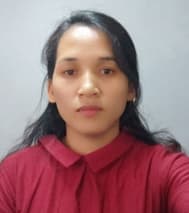
Lumbar Actinomycetoma in an Adolescent Girl: A Diagnostic Dilemma
RALIMALALA Nathalie
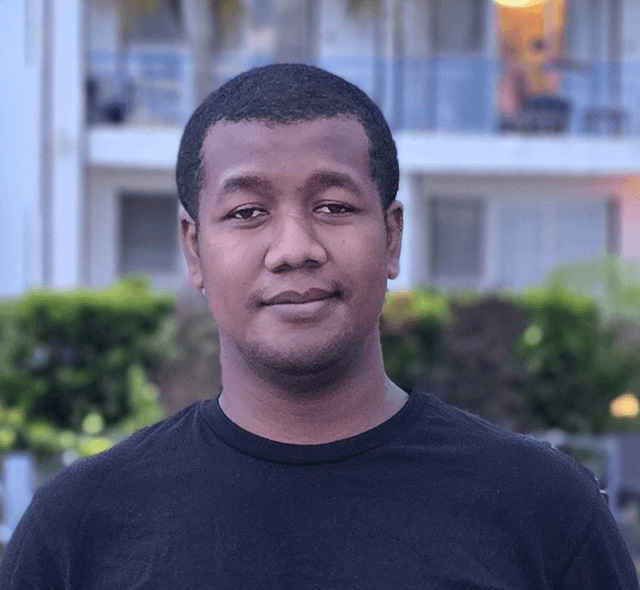
Fixed Drug Eruption in Pediatric Patients: A Report of Three Cases
Fenohasina Rakotonandrasana MD
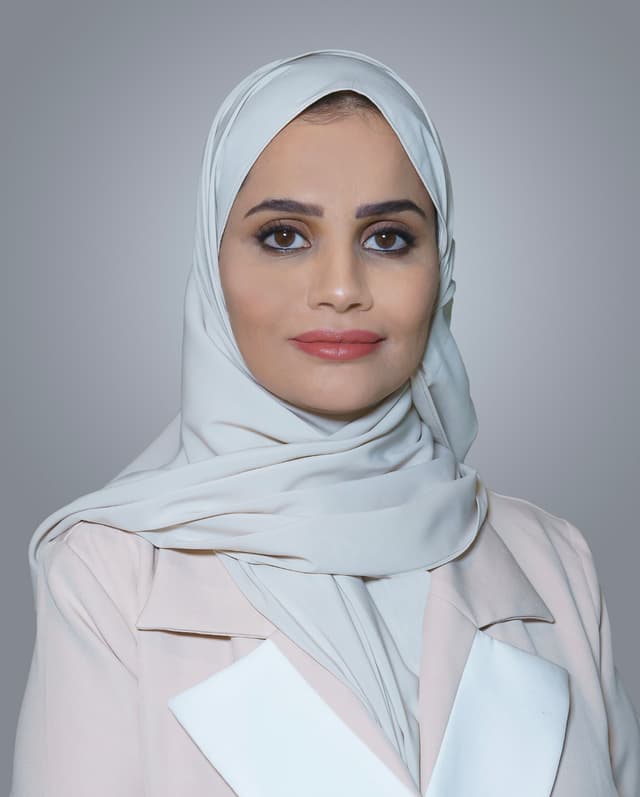
Managing Atopic Dermatitis in the Era of Covid 19
Ru'aa ALHARITHY M.B.B.S, MScCH,FRCPC,FAAD
ATOPIC DERMATITIS

AD in Sub Saharian Africa and Malagasy management
Fahafahantsoa Rapelanoro Rabenja

Education, an important tool for the management of atopic dermatitis.
Peter Schmid Grendelmeier MD
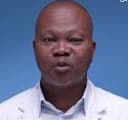
Management of Atopic Dermatitis in Ivory Coast
Célestin Ahogo MD
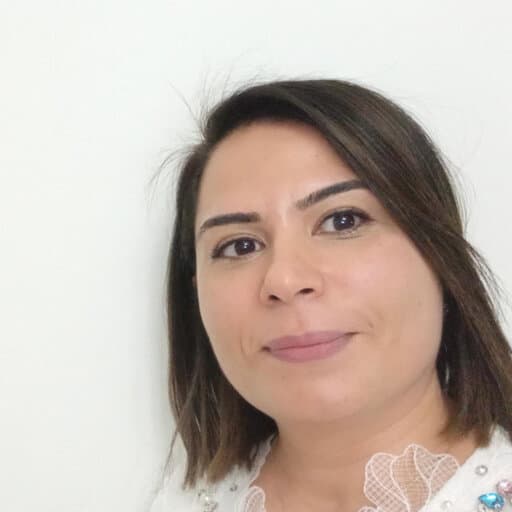
Atopic Dermatitis in Tunisia : Epidemiological profile, diagnostic challenges and impact on quality of life
Ines LAHOUEL BEN YAHMED MD

Management of AD in South Africa
Ncoza Dlova MD, PhD
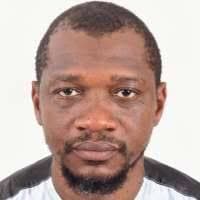
Management of AD in Guinea
Ibrahima Traore MD. PgDip. MSc,PhD
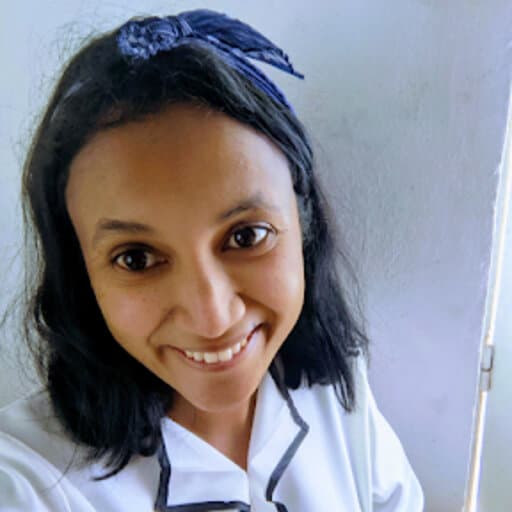
Comorbidity Between Atopic Dermatitis and Leprosy in a young Malagasy man
Tsiory Iarintsoa Razafimaharo

GADA: Mapping the global burden of AD
Carsten Flohr

Adult atopic dermatitis: clinical presentation
Samira Zobiri MD
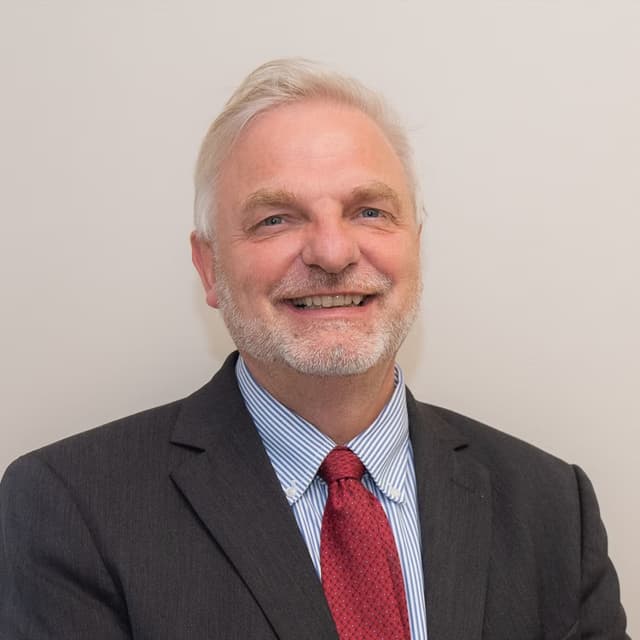
Pathophysiology and new therapies in atopic dermatitis
Martin Steinhoff MD, PhD, Msc

Sensitization patterns to inhalative allergens in AD patients: Madagascar and beyond
Danielle Fehr MD, PhD
Challenges in Atopic Dermatitis Research in Madagascar
Sendrasoa Fandresena MD

Profile of comorbidities associated with atopic dermatitis
Fenohasina Rakotonandrasana MD
Preliminary results of genetic study on Atopic Dermatitis in Malagasy.
Sendrasoa Fandresena MD

Food allergy in atopic dermatitis – myth or fact?
Peter Schmid Grendelmeier MD

How to integrate atopic dermatitis and other common chronic skin diseases into the management of neglected tropical diseases in sub- Saharan Africa?
Alain Taieb MD
INFECTIOUS DERMATOLOGY
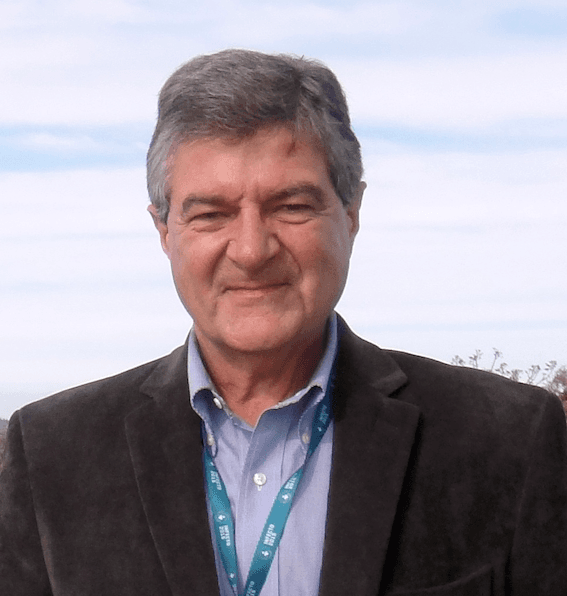
Current situation of zoonotic sporotrichosis in South America: New insights of transmission
Flavio Queiroz-Telles MD, PhD

Differential Diagnosis of Neglected Tropical Cutaneous Mycoses in Madagascar
RAMAROZATOVO Lala Soavina MD

A Case of Crusted Scabies in a Type 2 Diabetic: About a Case Seen at the Soavinandriana Hospital Center, Antananarivo, Madagascar
Roger Dominique RANDRIANARIMALALA

Successfull treatment of a recalcitrant chromoblastomycosis with oral terbinafine combined with surgery
Rakotomanana Andrianandrianina Mbolatiana Kiady Armando MD

Neglected Tropical Diseases (NTDs) in Women: Epidemiological and Clinical Features and Management
Fatimata Ly MD
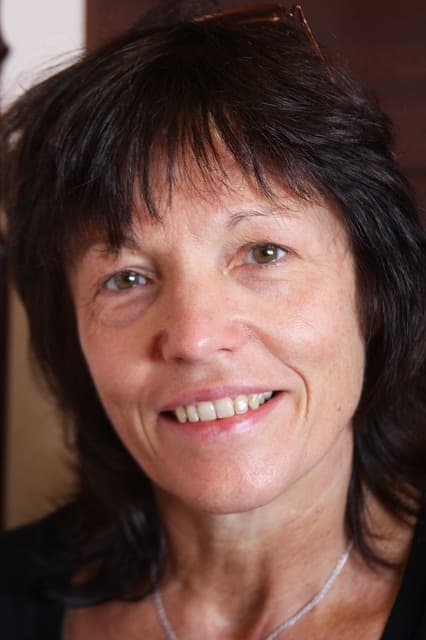
Le microbiome cutané : un acteur central dans l’acné inflammatoire (The Skin Microbiome: a central player in inflammatory acne)
Brigitte Dreno MD, PhD
PSYCHODERMATOLOGY

Psychodermatology : Brain and skin connection and practical Implications
Mohammad Jafferany MD
Learning objectives
Target Audience: Healthcare professionals (dermatologists, pediatricians, GPs), medical students, pharmacists.
Duration: 6 hours (in-person or e-learning).
Integrated Modules
Atopic Dermatitis
- Differential diagnosis between atopic eczema and fixed drug eruptions (FDE).
- Strategies to avoid clinical confusion (lesion distribution, triggers).
Pediatric Dermatology
- Unique features of drug-induced skin reactions in children.
- Psychosocial impact of residual hyperpigmentation.
Infectious Dermatology
- Distinguishing FDE from viral exanthems (e.g., HHV-6, enterovirus).
- Complex cases: bullous lesions vs. bacterial infections.
Albinism
- Managing post-inflammatory hyperpigmentation in albino patients.
- Heightened phototoxic risks post-FDE.
Neglected Tropical Dermatoses
- FDE in tropical contexts (unregulated medication access).
- Diagnostic delays in resource-limited settings.
Assessment & Certification
- Format: Final assessment graded out of 20 points. (10 MCQ)
- Passing Threshold: Minimum 10/20 to receive the certificate.
Learning Objectives
Upon completion, participants will be able to:
- Identify pathognomonic signs of pediatric FDE.
- Differentiate FDE from infectious, inflammatory, and genetic dermatoses.
- Implement tailored management (drug withdrawal, topical therapy, reporting).
- Adapt strategies for tropical/low-resource contexts.
Key Features
- Real Cases: In-depth analysis of 3 clinical cases (Antsiranana, Madagascar).
- Multidisciplinary Approach: Integrates pharmacology, tropical dermatology, and public health.
- Prevention Focus: Algorithms to reduce diagnostic errors in rural settings.
Certificate Awarded: "Advanced Management of Cutaneous Drug Reactions in Pediatrics" (valid 3 years).
Core References
- WHO (2023). Pharmacovigilance in Low-Resource Settings.
- Sidoroff A. et al. (2021). Pediatric Drug Eruptions: Clinical Atlas.
- Madagascar Ministry of Health (2024). Guidelines for Reporting Adverse Drug Reactions.
Might interest you

PsychodermatologyDermoscopyNeglected Tropical Disease
Cutaneous Medicine: Multidisciplinary Approaches in Dermatology
Chair: Prof. Fahafahantsoa Rapelanoro Rabenja,
This course explores the intersection of dermatology with other medical specialties, emphasizing a collaborative approach to diagnosing and managing complex skin disorders. It covers a wide range of topics, including dermatopathology, rheumatology, oncology, and infectious diseases, highlighting how systemic conditions manifest cutaneously. With contributions from experts in various fields, the text provides comprehensive insights into multidisciplinary care, advanced diagnostic techniques, and innovative treatments. Ideal for dermatologists, internists, and specialists, it bridges gaps between disciplines to improve patient outcomes in cutaneous medicine.
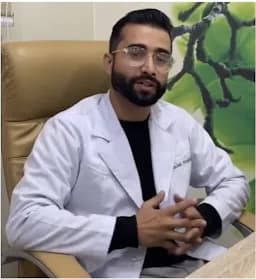
Neglected Tropical Disease
Neglected Tropical Skin Diseases
Chair: Dr. Prajwal Pudasaini, MD
Neglected tropical skin diseases affect poor populations in tropical areas. They include leprosy, mycetoma, and cutaneous leishmaniasis, causing disability and stigma. They receive little attention and resources, leading to poor diagnosis and treatment. Increased awareness and improved healthcare access are needed to help affected communities.

Neglected Tropical Disease
Tropical Dermatology and Neglected Tropical Dermatoses
Chair: Prof. Fahafahantsoa Rapelanoro Rabenja,
Dermatological diseases, particularly neglected tropical diseases (NTDs) with skin manifestations like deep mycosis (chromoblastomycosis, sporotrichosis, mycetoma), scabies, leprosy, lymphatic filariasis, and cutaneous leishmaniasis, pose major challenges for healthcare systems in resource-limited regions of Africa, Asia, and Latin America. These conditions severely affect vulnerable populations, suffering from frequent underdiagnosis and inadequate treatment that exacerbates suffering. Diseases such as atopic dermatitis are also under consideration for inclusion as skin NTDs through collaborative efforts involving ISAD, ASDV, and WHO. Furthermore, albinism, highly prevalent in sub-Saharan Africa, presents significant social challenges including stigmatization and occult beliefs. Despite these complex difficulties, the field is undergoing a historic transformation driven by science and technology, particularly artificial intelligence (AI), which offers tangible tools for improving diagnosis, treatment, and prevention. The participation of global experts facilitates vital knowledge exchange, exploration of innovative solutions, and helps address critical shortages of human and material resources in remote areas.
Learning Objective:
Understand the complex challenges posed by dermatological diseases, especially skin NTDs and conditions like albinism, in resource-limited settings, and recognize the critical role of global collaboration, technological innovation (particularly AI), and expert knowledge exchange in developing solutions to improve diagnosis, treatment, prevention, and resource allocation.

Pigmentation
Pigmentation
Chair: Dr Seemal Desai, MD, FAAD
Hyperpigmentation is excess skin color from melanin. Understand melanin synthesis mechanisms and main causes.
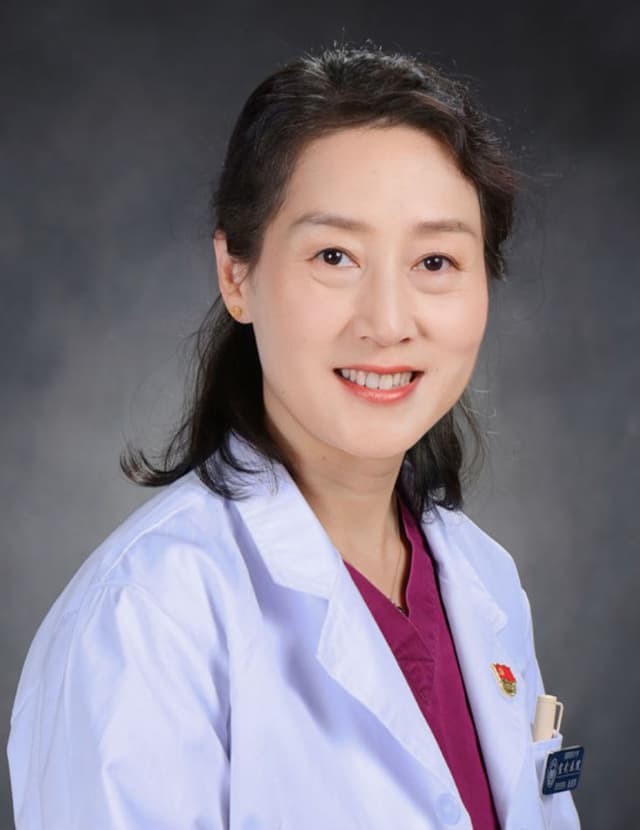
TCM Chinese Medicine
Acne Treatment in China
Chair: Prof. Haiping Zhang, PhD
Acne treatment in China combines traditional methods with modern practices.
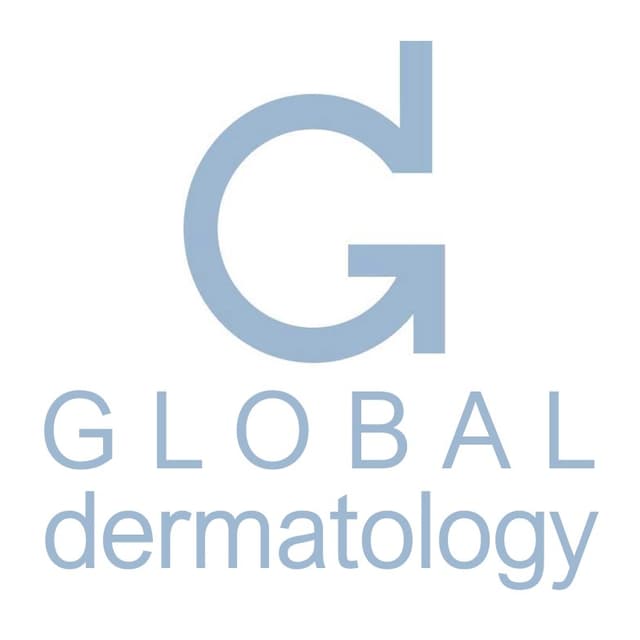
Pigmentation
Cyspera Medical Education
Chair: Global Dermatology,
Cyspera® is a topical pigment-correcting treatment formulated with cysteamine, a naturally occurring compound that reduces the appearance of persistent hyperpigmentation, including melasma, post-inflammatory hyperpigmentation, and lentigines. It is known for being non-hydroquinone, suitable for long-term use, and effective on all skin types.

Topographic Dermoscopy
Chair: Prof. Awatef Kelati, MD
Topographic dermoscopy refers to the region-specific application of dermoscopic examination, emphasizing the unique morphological patterns found across different anatomical sites. On facial skin, the dermoscopic assessment requires recognizing patterns influenced by the high density of pilosebaceous units and sun-induced changes, often presenting pseudonetworks and annular-granular structures. The ear, with its thin skin and sebaceous gland concentration, reveals specific vascular and follicular clues important in distinguishing benign from malignant lesions.
On the chest and back, where the skin is thicker and sun exposure varies, dermoscopy must account for irregular pigment distribution and architectural disorder, especially in large nevi or early melanomas. Limb lesions may show distinctive features due to mechanical friction, hair density, and vascular variations, demanding precise interpretation to identify atypical nevi or skin cancers.
Palmar and plantar dermoscopy highlights the parallel ridge pattern critical for melanoma diagnosis, contrasting with benign acral patterns like the parallel furrow or lattice-like structures. Scalp and hair disorders benefit from trichoscopy, where dermoscopic evaluation reveals specific signs such as yellow dots, broken hairs, or black dots, aiding in the diagnosis of alopecia areata, androgenetic alopecia, or tinea capitis.
In nail disorders, onychoscopy enables visualization of melanonychia, hemorrhages, and nail matrix changes, crucial for distinguishing subungual melanoma from benign causes like trauma or fungal infection. Mucosal dermoscopy, though technically challenging, provides diagnostic clues in pigmented lesions of the lips, genitalia, or oral mucosa, requiring adaptation to moist, non-keratinized surfaces.
Finally, ultraviolet dermoscopy reveals a unique application: scabies mites fluorescing bright green under UV light, enhancing detection when traditional visualization fails. Topographic dermoscopy thus demands both anatomical knowledge and technical adaptation to maximize diagnostic accuracy across diverse body sites.
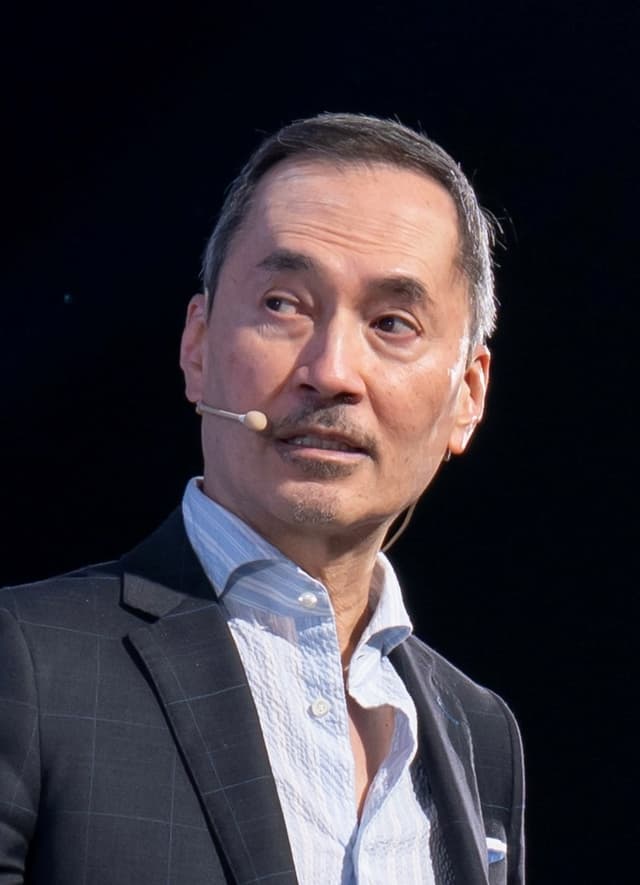
Acne
ACNE
Chair: Dr. Jerry Tan, MD
The ACNE | Education Series, led by Dr. Jerry Tan, is a comprehensive global medical education initiative designed to enhance the understanding and skills of dermatologists and healthcare practitioners regarding acne. Participants will gain insights from leading international experts on the latest advancements in acne research, innovative treatment options, and patient-centered care approaches. The event features interactive discussions, live Q&A sessions, and evidence-based strategies, all at no cost. The esteemed faculty includes specialists from the USA, Italy, France, the UK, Singapore, Greece, Australia, Canada, and Germany. This is a valuable opportunity to improve clinical competencies and stay updated on current acne management practices.
Attendees will acquire up-to-date knowledge on acne pathophysiology, new therapeutic options, and patient-oriented management strategies to optimize clinical outcomes in acne treatment. The session will also provide practical insights through expert-led discussions and evidence-based approaches.
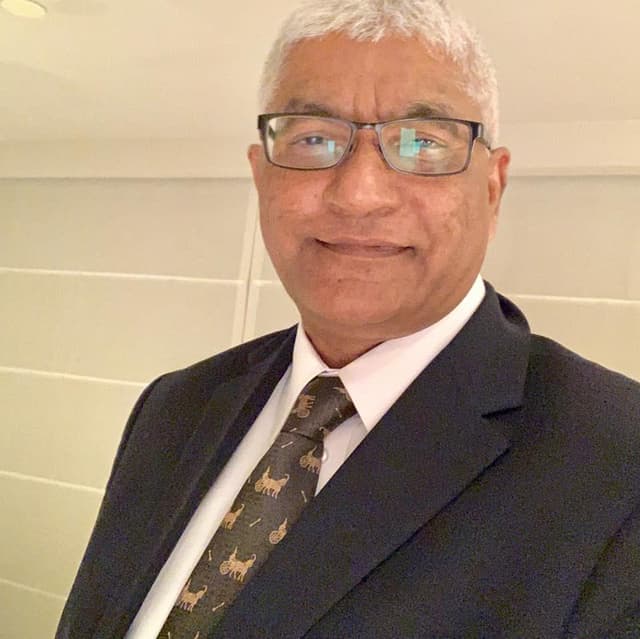
Psychodermatology
Psychodermatology
Chair: Prof Mohammad Jafferany, MD
This specialized course explores the vital intersection between dermatology and mental health, equipping clinicians with the knowledge and tools to manage psychodermatological conditions effectively. Through a blend of theoretical knowledge and practical application, participants will learn to diagnose and treat dermatological delusional disorders, identify psychiatric comorbidities in skin disease patients, and implement mental health strategies for chronic dermatoses. The curriculum also examines psychological factors in cosmetic dermatology and provides cutting-edge screening techniques for body dysmorphic disorder, including modern digital manifestations like Zoom dysmorphia. Adopting a patient-centered approach, the course emphasizes multidisciplinary management of conditions where psychological and dermatological factors interact. Participants will gain expertise in recognizing psychiatric components of skin diseases, addressing the emotional
burden of chronic conditions, and applying ethical principles in cosmetic practice. The training combines expert instruction with case-based learning to bridge theory and clinical practice. Designed for dermatologists, psychiatrists, psychologists, and primary care providers, this program enhances clinicians' ability to deliver holistic care that addresses both the visible and invisible aspects of skin disorders. Upon completion, practitioners will be better prepared to manage complex psychodermatological cases while improving patient outcomes through integrated mind-skin healthcare.

Dermoscopy
Dermoscopy
Chair: Prof Awatef Kelati, MD
This comprehensive dermoscopy course provides dermatologists and healthcare professionals with essential skills in skin lesion evaluation, covering fundamental principles through advanced diagnostic applications across five key areas: global dermoscopy practices, pigmented lesion analysis (including differentiation of benign and malignant patterns), specialized techniques for skin of color, skin cancer detection (melanoma and non-melanoma), and general dermatological conditions (inflammatory, infectious, and hair/nail disorders). Participants will develop proficiency in recognizing diagnostic patterns, adapting techniques for diverse skin types, and applying dermoscopic algorithms, ultimately enhancing their clinical accuracy through a combination of theoretical knowledge and practical case-based learning. The course emphasizes real-world application, addressing both common and challenging scenarios in dermatological practice.
.jpg&w=828&q=75)